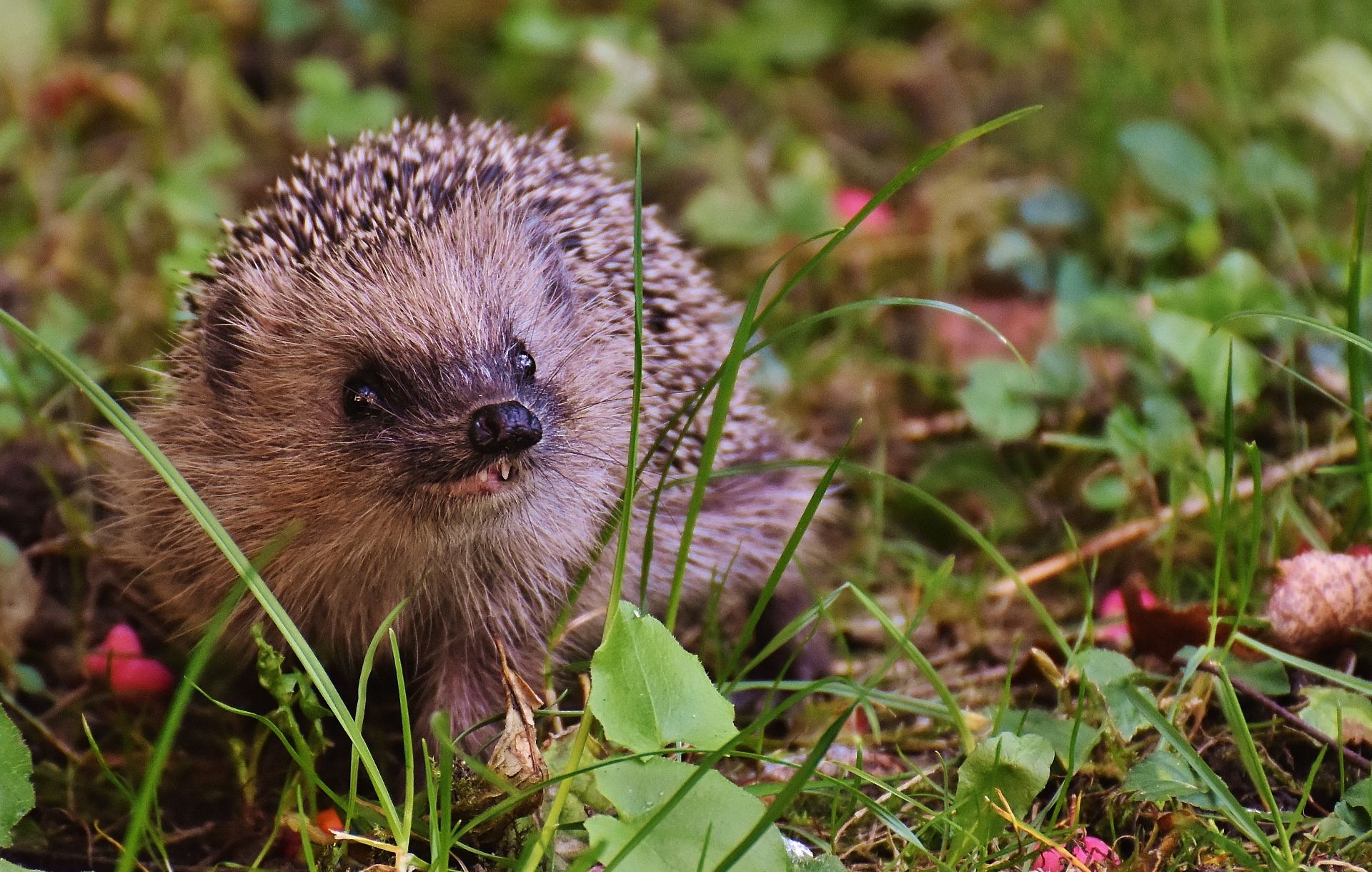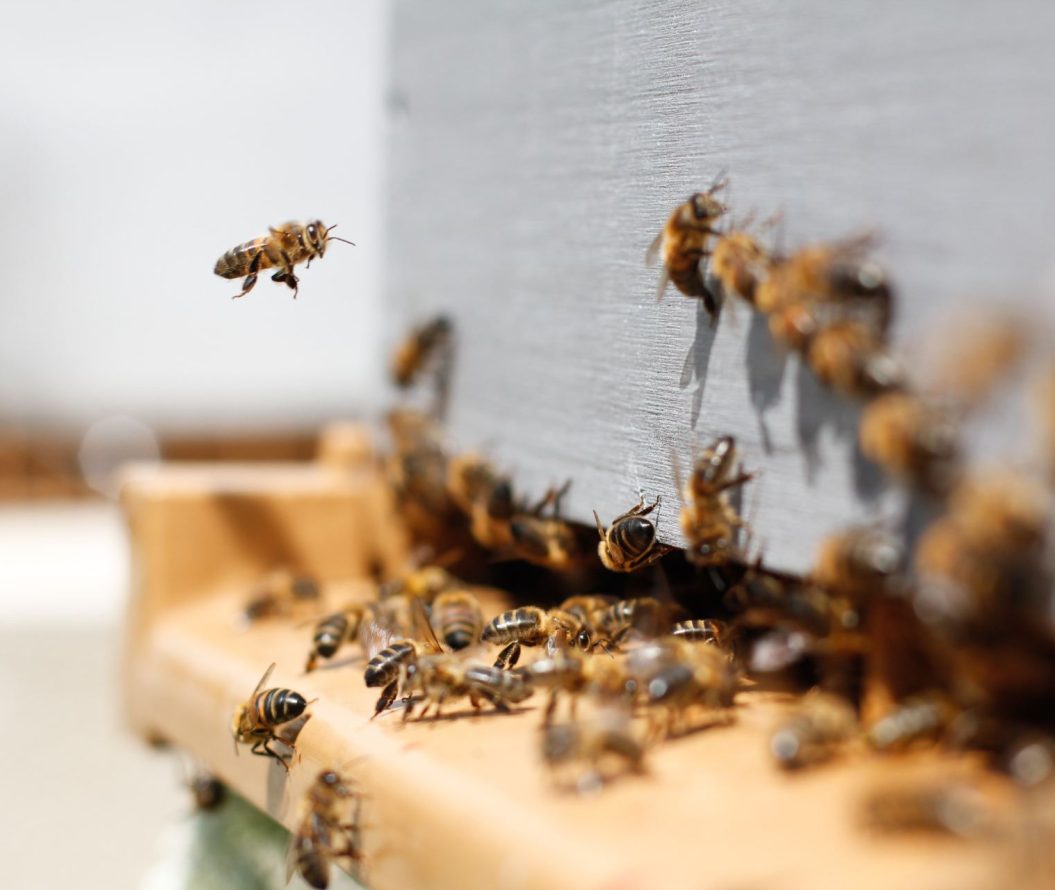Hi everyone my name is Hannah and I'm a third year student studying Biomedical Science. I'll be starting my MSc in Data Science and Applied Analytics next year. Outside of university I've really enjoyed teaching myself to crochet over the…

National Hedgehog Day
February 2nd is National Hedgehog Day! These cute, spiky creatures help to balance our ecosystem by keeping insect populations manageable,…
February 2, 2023,
read.
February 2nd is National Hedgehog Day! These cute, spiky creatures help to balance our ecosystem by keeping insect populations manageable, since it’s their main food source, if these numbers increase it’d mean the ecosystem could be thrown out of its delicate balance by unknown threats. Moreover, they’re also referred to as indicator species by conservationists, since their numbers and behaviour can indicate things about the health of the surrounding areas. Additionally, they eat soil invertebrates, like spiders and earthworms. Therefore a decline in the hedgehog population can indicate a decline in the surrounding environment’s quality.

There are 14 species of hedgehog globally, concentrated in Europe, Asia and Africa. Solitary and nocturnal, they can be found in places like woodlands, gardens and parks and are covered in around 5,000 spikes. These are hollow hairs stiffened by keratin and act as a defence mechanism when they feel threatened, as the hedgehog will roll itself into a ball against predators. Additionally, they have an incredible sense of smell, being able to detect food more than an inch below the soil!
Unfortunately, however, the hedgehog population is quickly declining. The British Hedgehog Preservation Society published a 2022 report detailing their populations have fallen an average of 8.3% every year for the past 20 years. This is due to many factors like habitat loss due to agriculture and urbanisation, diseases caused by parasites and food scarcity due to increased pesticide use. Therefore it’s more important than ever to keep these critters safe and spread awareness of how you can help keep their numbers from dwindling!

How to Help Hedgehogs Out
Although they hibernate from November to April, hedgehogs can still be seen when changing nesting sites, however, if you see one out during the day it could indicate the hedgehog is unwell and needs help. Being handled can be extremely stressful for the hedgehog, so use a blanket or coat to pick them up and quickly place them into a secure cardboard box. Line this with a towel or newspaper so the hedgehog can hide, along with fresh water and some cat food. A hot water bottle is also a great heat source to stop them from going cold if you have one. Once the hedgehog is safe, leave them in a quiet, dark room. The next step is to phone either the RSPCA or The British Hedgehog Preservation Society, both of these can offer advice and direct you to your local rescue centre. For more information on how our campus is hedgehog friendly, check out this video!



